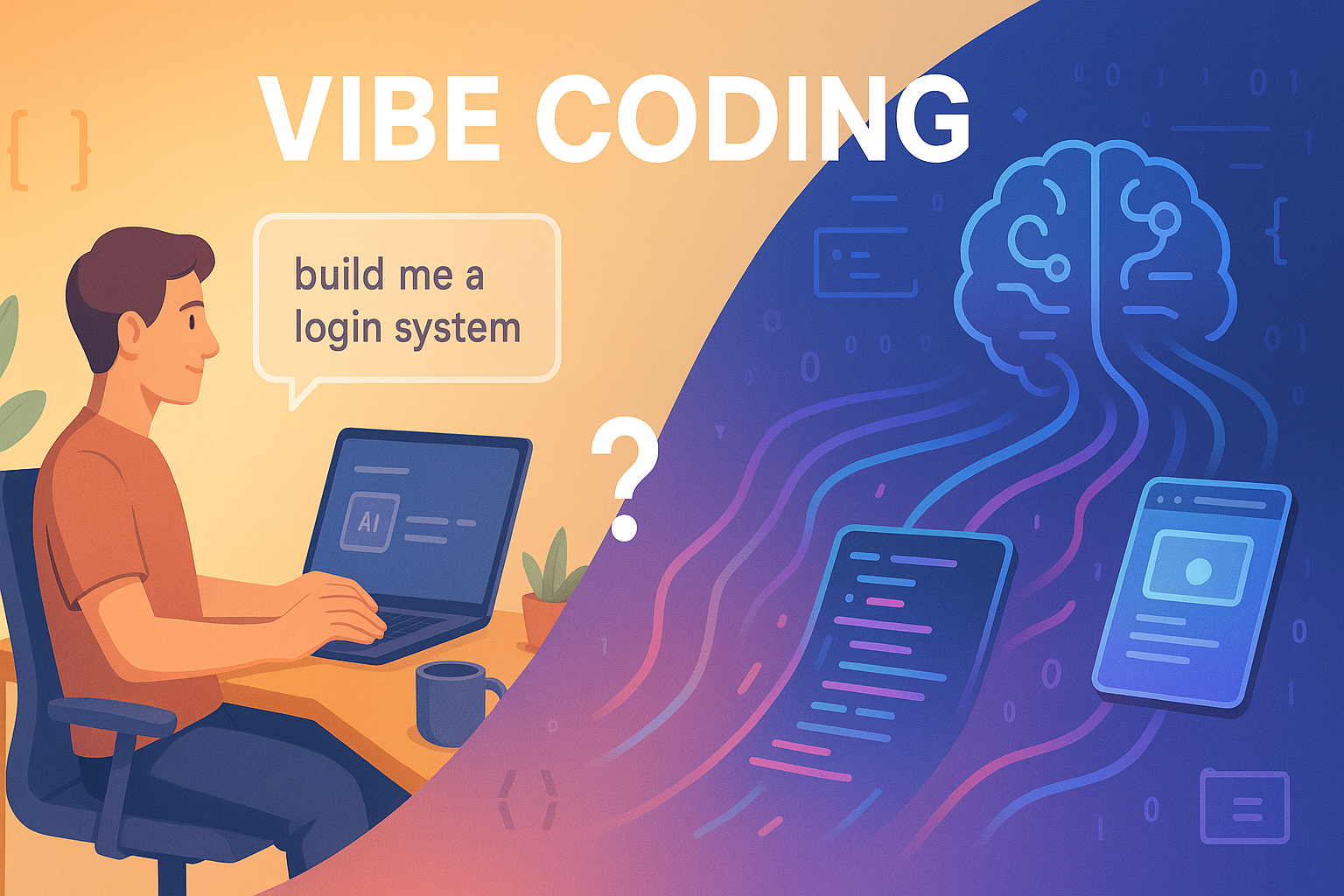Generative AI and Cybersecurity: Strengthening Both Defenses and Threats

Introduction
In the ever-evolving landscape of cybersecurity, where threats loom large and innovation races ahead, generative artificial intelligence (AI) emerges as a powerful ally. This cutting-edge technology holds the promise of bolstering our defenses while simultaneously posing new challenges. Let’s delve into the world of generative AI and its impact on safeguarding against cyber threats.
The Rise of Generative AI
Generative AI, fueled by large language models (LLMs), has swiftly become a game-changer. Its recent public breakthrough, including products like ChatGPT, has captured the attention of the cybersecurity industry. But what exactly is generative AI, and how does it intersect with our digital security?
Understanding Generative AI
Unlike traditional rule-based systems, generative AI learns and adapts, staying one step ahead of cyber threats. It leverages vast datasets to discern patterns, anomalies, and potential risks. Imagine an AI that evolves, much like a seasoned detective, anticipating the moves of adversaries.

The Hot Spot: Threat Identification
Generative AI’s sweet spot lies in threat identification. When we dissect cybersecurity companies using this technology, we find that all of them employ generative AI at the identification stage of the SANS Institute’s incident response framework. This stage is where the battle begins—the moment we detect a breach.
How Generative AI Enhances Threat Identification
- Speed and Efficiency: Generative AI assists analysts in swiftly spotting attacks. It filters incident alerts, separating the wheat from the chaff—rejecting false positives and focusing on genuine threats.
- Scale and Impact Assessment: Once an attack is detected, generative AI helps assess its scale and potential impact. Analysts gain a clearer picture, enabling more effective decision-making.
- Dynamic and Automated: The journey doesn’t end here. Generative AI’s ability to detect and hunt threats will only become more dynamic and automated. Imagine an AI that tirelessly scans the digital horizon, vigilant and tireless.

Beyond Identification: The Road Ahead
While generative AI excels in threat identification, it also plays a role in containment, eradication, and recovery. Analysts receive remedy and recovery instructions based on proven tactics from past incidents. However, full automation remains a distant dream—a vision that may take 5 to 10 years to materialize, if at all.
The Dark Side: Self-Evolving Malware
As with any powerful tool, generative AI has a dark side. Bad actors are exploring its potential to aid cyberattacks. Self-evolving malware, born from generative AI, poses a new breed of threat. Our defenses must evolve in tandem.
Conclusion
Generative AI is our double-edged sword—a force for good and a potential accomplice for ill. As we navigate this brave new world, both buyers and providers of cybersecurity services must harness its potential while remaining vigilant. The arms race continues, and generative AI is at the forefront. Let’s wield it wisely.

The controversial programming trend that’s dividing Silicon Valley and reshaping how we think about software development Vibe coding represents a paradigm shift in software development, where traditional planning gives way to intuitive, AI-driven programming. This vibe coding approach has sparked intense debate in the developer community, with proponents claiming unprecedented productivity gains while critics warn of mounting technical debt and security vulnerabilities. Vibe Code What is Vibe Coding? The Andrej Karpathy Origin Story Vibe coding burst into the mainstream when Andrej Karpathy, former Tesla AI Director and OpenAI researcher, casually tweeted about building a Chrome extension in 30 minutes using nothing…Read More
Discover how autonomous AI agents like Devin AI and AutoGPT are revolutionizing workflows across industries. From coding to marketing, they’re quietly becoming the digital workforce of the future. What Are AI Agents? AI agents are autonomous digital systems powered by large language models (LLMs) like GPT-4, Claude, or Gemini. Unlike traditional bots or rule-based systems, these agents can understand complex instructions, plan multi-step tasks, and execute actions without continuous human oversight. They don’t just respond — they think, act, and adapt. Example: You don’t tell an AI agent, “Send an email at 3 PM.” Instead, you say: “Notify the team…

